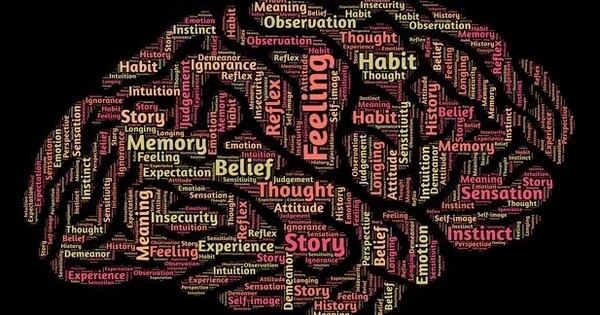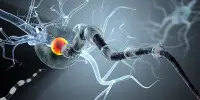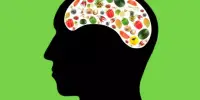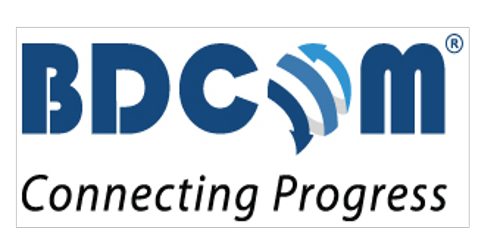Researchers used MRI scans of nearly 1,000 Dutch participants to demonstrate that there is a link between brain shape and ideology. However, the connection is much smaller than intended. Nonetheless, the researchers found it intriguing that brain variations are associated with something as abstract as ideology.
For a long time, it was claimed that conservatives’ brains differed from those of progressives. Using MRI scans of nearly 1,000 Dutch participants, researchers from the University of Amsterdam (UvA) reveal that there is a link between brain shape and ideology. However, the connection is much smaller than intended. Nonetheless, the researchers found it intriguing that brain variations are associated with something as abstract as ideology.
A 2011 research of 90 English students discovered a correlation between brain anatomy and ideology, reinforcing the claim. Scientists at the University of Amsterdam have now completed the largest replication research to date in order to better understand the relationship between ideology and brain shape.
It is remarkable that we also found this result in our much larger and more representative sample. For example, the English sample did not contain any extremely conservative participants, while ours did.
Gijs Schumacher
The researchers examined the MRI scans of 975 Dutch people aged 19 to 26, who represented a cross-section of the Dutch population in terms of education and political orientation. They matched the scans to ideological questionnaires. “You can see ideology as a series of positions on different themes or as an identity,” says the first author, Gijs Schumacher. “You can also distinguish between ideological ideas about socio-cultural issues such as women’s and LGBTIQ rights, and about economic issues such as income inequality.”
The amygdala is slightly larger
The scientists found, just as in the English study, that the amygdala of conservative people is slightly larger. “It is remarkable that we also found this result in our much larger and more representative sample. For example, the English sample did not contain any extremely conservative participants, while ours did,” says Schumacher.
The scientists also found that there is no relationship between another brain area – the anterior cingulate cortex — and ideology, something that the original study did find.
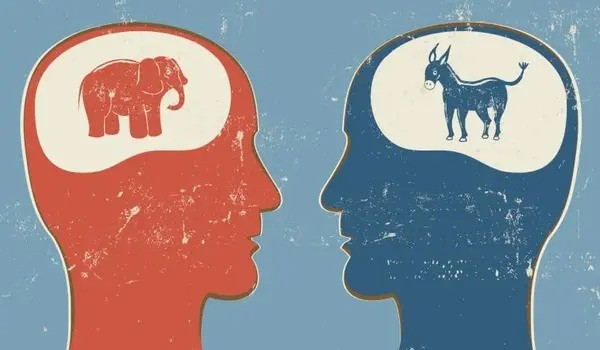
Difference of a sesame seed
The difference in the amygdala was the size of a sesame seed. “The amygdala of the average conservative voter is 157 sesame seeds in size and that of the average progressive voter is 156 sesame seeds. That is a small difference, but significant. It suggests that there is a connection between brain anatomy and ideology at some level, but that it is very indirect,” explains co-author Steven Scholte. “Our expectation was therefore to find no effect at all.”
“However, we do not know exactly how conservatism and the size of the amygdala are related,” adds Diamantis Petropoulos Petalas (also associated with this study but now working at The American College of Greece). “The amygdala has mainly been studied in relation to threatening situations and fear, but seems to respond much more broadly to emotions in general and to divergent information. There may be a connection where the amygdala is larger in individuals who react more strongly to information, which could sometimes result in more conservative ideas in politics.”
No simple dichotomy
However, the research suggests there is no simple dichotomy regarding political ideology in the brain. “People sometimes speak of blue (Democratic) and red (Republican) brains in the American context. This metaphor is tempting, but completely misplaced,” says Schumacher. “We argue that ideology should be seen as a much broader concept and show that there are fewer connections between brain and ideology than have been found in previous studies.”
Ideology is also more complex than previously thought. Schumacher uses the example of participants who voted for the SP, a Dutch political party with radical left-wing economic stances but more conservative social values, having a larger amygdala on average than participants who identified with more progressive parties. “Ideology is therefore much more complex than just identification on socio-cultural themes.”
Other brain regions
The researchers then expanded their investigation to look for links between ideology and other brain regions. For example, they discovered a link between the volume of the right fusiform gyrus, a brain region critical for facial recognition, and more right-wing views on social and economic issues. The explanation for this yet to be determined.
